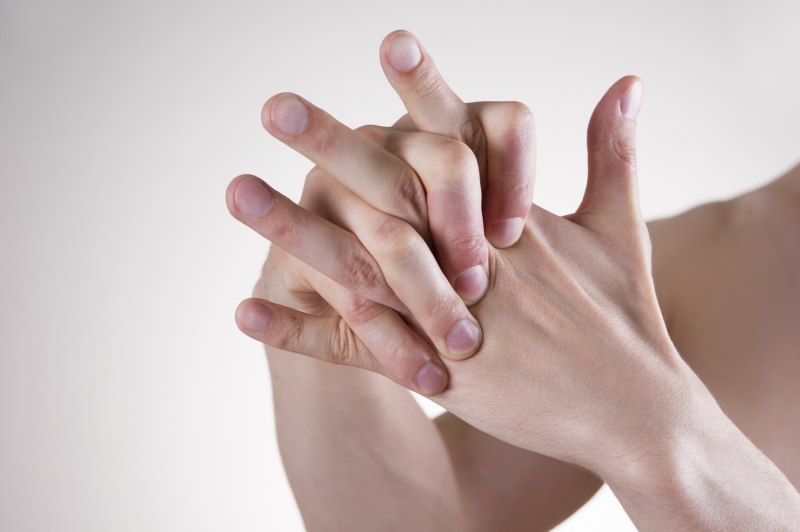
What does it look like when a knuckle is cracked? A new US study put knuckles under the microscope and found that the cracking is “like a firework exploding in the joint.”
What makes knuckles crack?
A few months ago, University of Alberta researchers used MRI imaging to find out what causes the crack when putting pressure on finger joints.
They concluded that the sound stems from air bubbles in synovial fluid (joint fluid) collapsing.
But research needed to dig deeper, probe further, to see the cracking in action.
Cracking in an ultrasound
The new study, led by a radiologist at the University of California, used ultrasound to hone in on knuckle cracking.
They took a group of 40 people – 30 of whom were knuckle crackers, including long-term, chronic crackers.
It was an extensive investigation, with 400 images produced of participants cracking the metacarpophalangeal joint (MPJ) at the finger base.
The results surprised researchers, as they were far more powerful than expected.
Robert D Boutin who led the study was quoted as saying, “What we saw was a bright flash on ultrasound, like a firework exploding in the joint. It was quite an unexpected finding.
“There have been several theories over the years and a fair amount of controversy about what’s happening in the joint when it cracks. We’re confident that the cracking sound and bright flash on ultrasound are related to the dynamic changes in pressure associated with a gas bubble in the joint."
Each explosion matched a popping sound, which was recorded along with the image.
What makes the cracking sound?
So we know the sound of a knuckle cracking comes from pressure changes. But what is still unclear is whether the sound comes from a bubble popping in the joint, or from the joint making a bubble.
Is knuckle cracking dangerous?
So, is it safe to crack your knuckles? The research team says there should be no cause for concern, as the ultrasound images showed no signs of damage or swelling during or after knuckle cracking.
There also was no noticeable difference between the chronic crackers and the non-cracking participants. Turns out, mum might have been wrong about this one.










